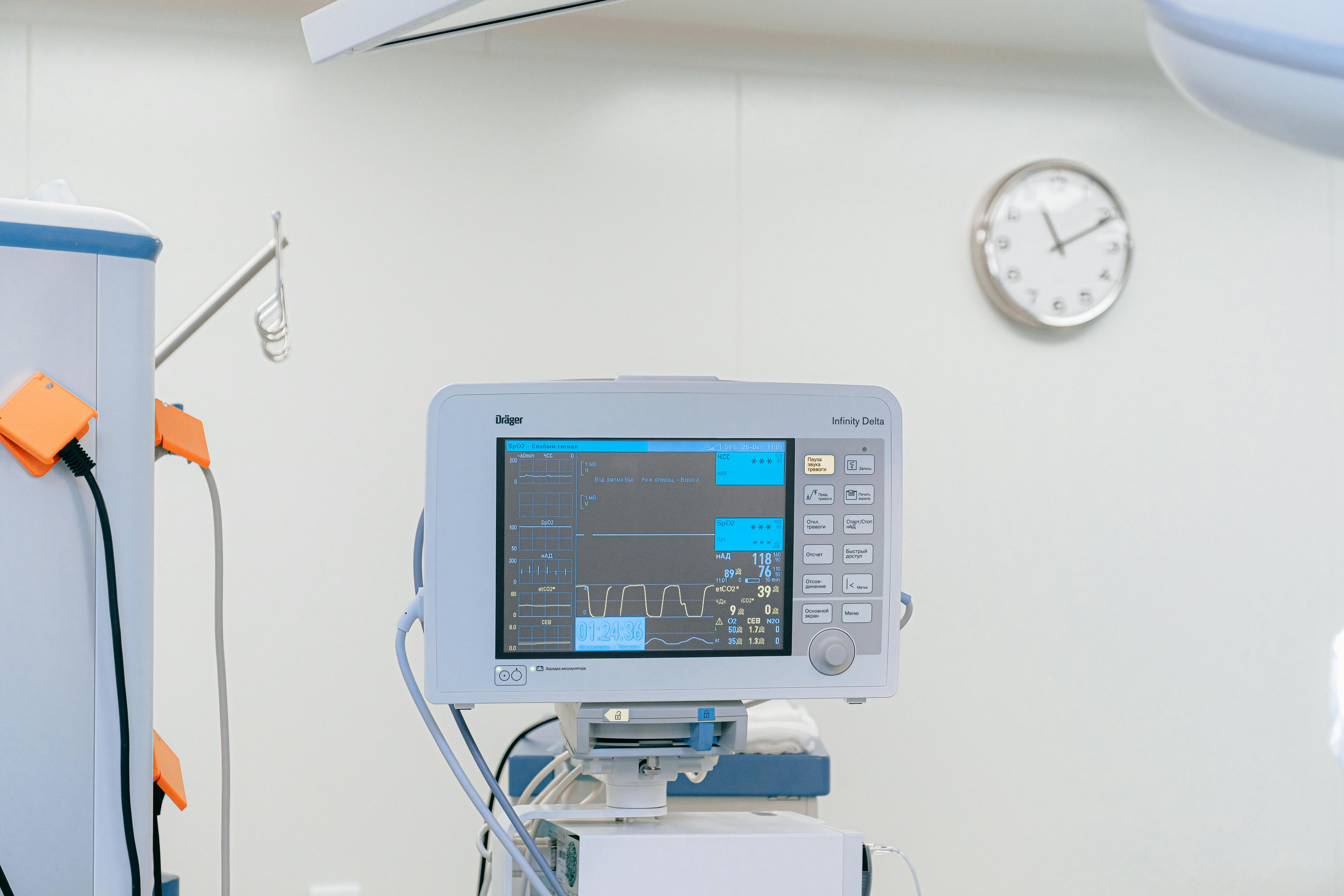Children in the United States may be exposed to a high rate of adverse experiences that result in post-traumatic stress symptoms (PTSS), which can appear as feelings of stress, fear and helplessness that result from re-experiencing trauma or actively avoiding reminders of the trauma. Adolescents most likely to recover from PTSS are less likely to have experienced sexual or physical abuse and more likely to identify as a member of a racial or ethnic minority, according to a new study by researchers at the Child Maltreatment Solutions Network in Penn State’s Social Science Research Institute.
The research team analyzed self-reported data from a group of adolescent females and their caregivers from urban and rural communities in the Midwestern United States that had experienced instances of substantiated neglect, physical abuse, and/or sexual abuse as well as other categories of potentially traumatic events (PTEs). The National Institutes of Health issued a certificate of confidentiality, and the Cincinnati Children’s Hospital review board approved all research procedures. The researchers found that about 16% of youth receive a clinical diagnosis of post-traumatic stress disorder (PTSD). Even for survivors of child maltreatment – an adverse experience that generally promotes potent traumatic effects – PTSD diagnosis estimates range from 30% to 38%.
“Notably, we found that child sexual abuse was the most potent risk factor for chronic PTSS,” said Toria Herd, postdoctoral fellow in the T32 training program at the Child Maltreatment Solutions Network. “Child sexual abuse is unique from other forms of trauma because it can fundamentally interfere with sexual development. It is also often perpetrated in secret and under the guise of love, which violates a personal sense of safety and can elicit feelings of powerlessness and shame.”
Their results also indicated that 56% of adolescents experienced recovery from their PTSS, demonstrating a trend of an initial elevation of symptoms following trauma exposure that decreased over time and all but disappeared. A further 25% of adolescents experienced moderate levels of chronic PTSS that remained stable over time. Finally, 19% of adolescents experienced high levels of chronic PTSS, that increased slightly over time.
Additionally, researchers also found that racial and ethnic minority youth were much less likely to report chronic PTSS than their non-minority counterparts. They reported their findings in the journal Research on Child and Adolescent Psychopathology.
“Our findings stress how trauma responses are markedly inconsistent between white and racial and ethnic minority youth,” said Claire Selin, postdoctoral fellow in the T32 training program at the Child Maltreatment Solutions Network. “Youth chronically exposed to adversity, including racial stress, may adjust to their environments by developing various competencies that allow them to thrive in the face of adversity. Clinical interpretations and treatments for trauma would benefit from a more comprehensive integration of the role of culture in recovery.”
Ultimately, the researchers found that there is value in identifying youth at risk of developing chronic post-traumatic stress symptoms given their association with depression, anxiety and substance use disorders and the ability to develop effective personalized treatment options to stave off the harmful effects of trauma.
The researchers on the study recommended continued use of clinical interventions and treatments to promote adaptive responses to trauma, such as Trauma-focused Cognitive Behavior Therapy. Interventions that also consider bolstering self-esteem, affective regulation, and peer and family support should also be prioritized for youth experiencing PTEs. The research team also noted that the findings present a convincing case for legislative changes to support trauma-informed care.
“We recommend that evidence-based policy be aimed at better serving trauma-exposed youth,” said Lindsey Palmer, postdoctoral fellow in the T32 training program at the Child Maltreatment Solutions Network and another member of the research term. “We recommend policy efforts that creative incentives and infrastructure to aid in the expansion of trauma-informed approaches across systems of care as well as expanding access to things like comprehensive universal screenings for trauma to promote upstream prevention and early intervention.”
Ann-Christin Haag, a postdoctoral researcher in the department of counseling and clinical psychology at Columbia University; and Penn State researchers Sienna Strong-Jones and Sunshine Spiva; doctoral students in the College of Health and Human Development; Yo Jackson, professor of clinical child psychology and associate director of the Child Maltreatment Solutions Network; Heather E. Bensman, clinical psychologist and assistant professor in the department of pediatrics at the University of Cincinnati; and Jennie Noll, professor of human development and family studies, principal investigator of the NICHD P50 Capstone Center for Healthy Children, and Social Science Research Institute (SSRI) co-funded faculty member, also contributed to this study. This study was supported by the National Institutes of Health.






